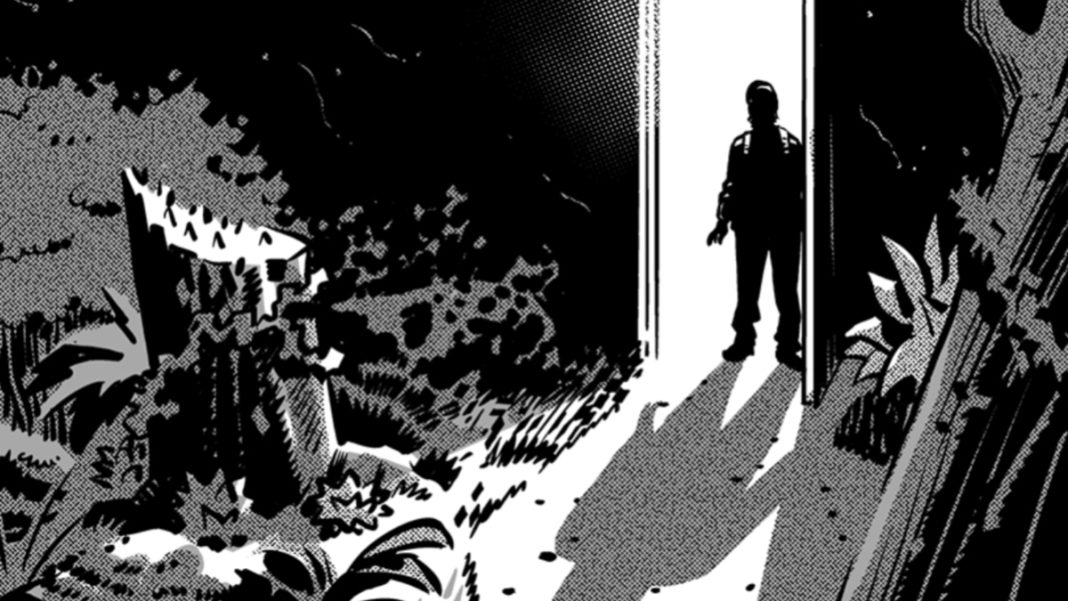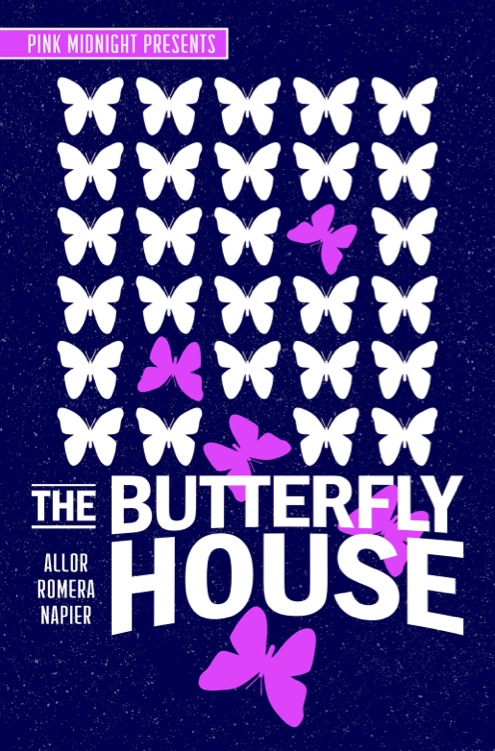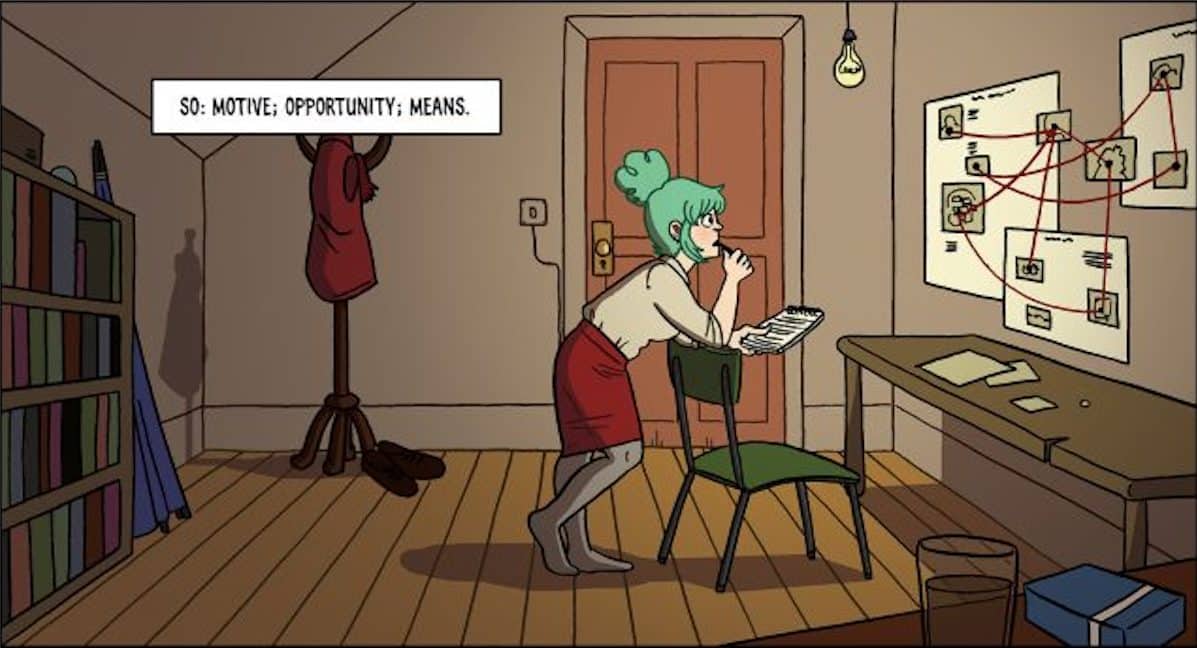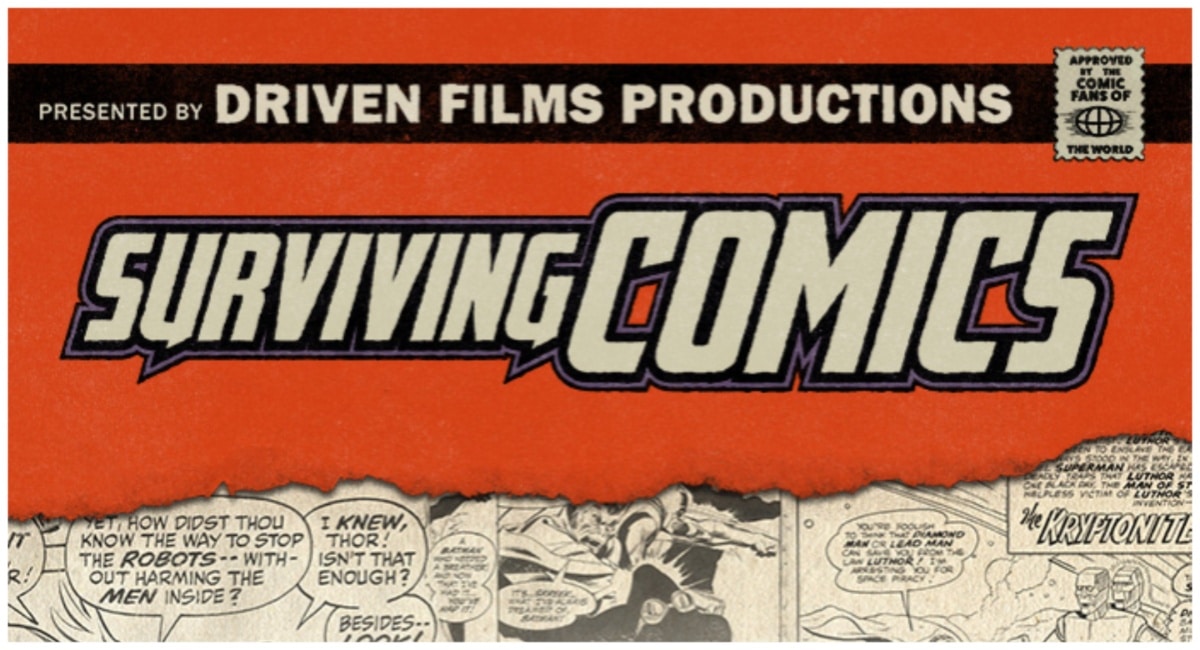The latest crowdfunding project from Zoop, Pink Midnight Presents: The Butterfly House is the first issue in a planned series of weird, one-shot comic books from writer Paul Allor, artist Juan Romera, and editor Claire Napier, all presented in Juan’s black-and-white art. In the inaugural issue, Allor and Romera’s The Butterfly House, a weird, slipstream tale offers readers a queer allegory of self-discovery. The project is crowdfunding on Zoop until February 15, 2023.
In anticipation of the project’s release, The Beat sat down with Allor earlier in January 2023 to chat about the inspiration behind the Pink Midnight Presents anthology’s first story, The Butterfly House, what readers can expect from future stories in the anthology series, and the importance of telling LGBTQIA+ stories in comics.
This interview has been edited for clarity and length.
Rebecca/Ollie: What is the origin of the story you’re telling in Pink Midnight Presents: The Butterfly House?
Paul: This book came to me in a weird, almost dream-like way. I was flying for the first time since before the pandemic, and I was half awake and half asleep when this weird slipstream horror story wormed its way into my brain, almost unfolding in real time all at once. Later, when I wrote the script, I had to go into more detail. But the basic outline of it appeared all at once. As a writer, I usually have to work hard—beat by beat, plot point by plot point—but this one presented itself in an almost ethereal way.
Rebecca/Ollie: Why do you think the writing process was different this time?
Paul: Maybe because of the personal nature. Or, maybe it came from somewhere in my subconscious thinking about these things. Maybe flying is weird, anyway—just being however many 1000s of feet up in the air, especially when I was very tired. It was a red eye. I usually can’t sleep on planes, so I was in that odd, liminal space between awake and asleep, and I think it was a good time for my subconscious to do its job and for things to slip in.
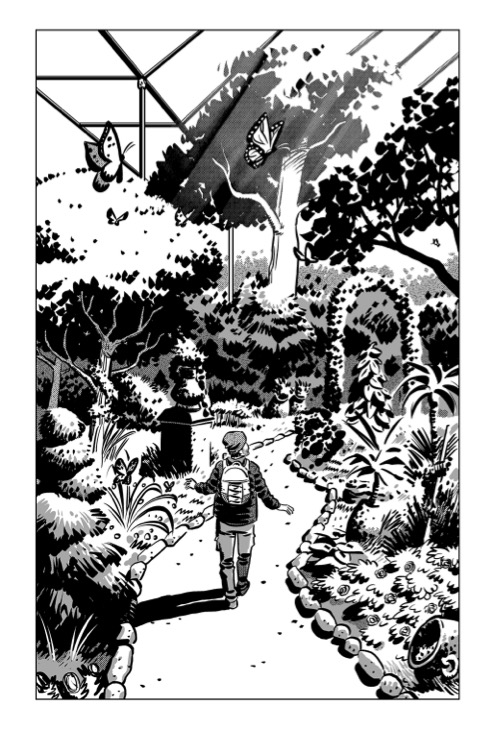
Rebecca/Ollie: Did any comics or other stories influence your work on this book?
Paul: It was influenced by my love of like slipstream fiction and weird fiction in general, but not comics that I can think of. Robert Aickman, the British writer from the mid-20th century, greatly influenced this. He did a lot of very, very eerie and unsettling ghost stories. Definitely, it’s also influenced by Twilight Zone. Then, David Lynch, whose work, especially the third season of Twin Peaks, is a wonderful example of where you don’t necessarily know what happened, but it feels logical and complete story in your mind. That’s a tough needle to thread: having a story that operates on dream logic but still feels like you’ve got a complete story—and that was something we were trying to do with all of these Pink Midnight Presents books.
Rebecca/Ollie: Can you explain what slipstream fiction is?
Paul: I’m thinking of a way to talk about this book without giving anything away. This book goes to odd places but doesn’t explain them. It’s sort of a genre-bending type of weird fiction, where we operate in that dream logic where we don’t expect things to make sense like they do in our world. Also, where we don’t expect things to fit the conventional idea of how the narrative would unfold.
Rebecca/Ollie: Interesting.
Paul: I think the sense of disquiet is a big part of it—the feeling that you’ve stepped into a very odd and eerie world that feels very familiar but alienating.
Rebecca/Ollie: Can you speak to the use of color/black and white in this book?
Paul: Yeah, that came from wanting to work with Juan, who does gorgeous black-and-white work that’s so lush and provocative. I tried to lean into that. The project came from looking at Juan’s work and wanting to do weird, offbeat, slipstream stories for him.
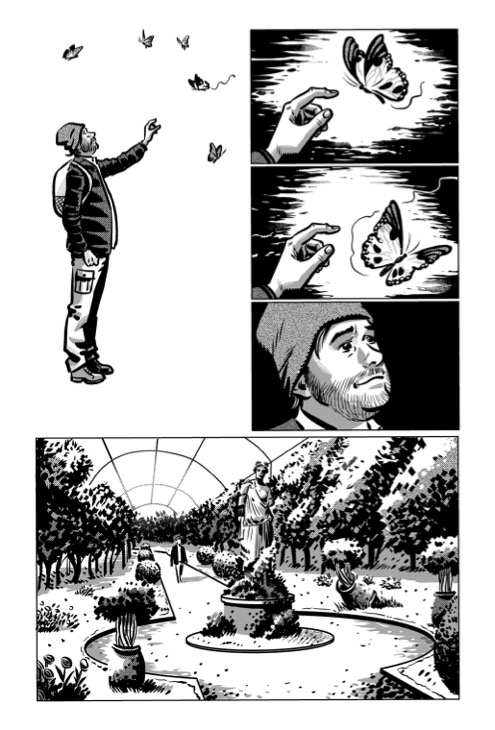
Rebecca/Ollie: What was it like working with Claire Napier as an editor on this project?
Paul: Claire is fantastic to work with. She has a keen storytelling mind and thinks about things differently than I do, so it’s a good balance. In a story, she can cut to the heart of what’s working and what’s not. She’s great at helping you tell the story you want to tell rather than trying to impose anything. She meets you where you’re at and helps you to make the story stronger.
Rebecca/Ollie: Why did you decide to crowdfund with Zoop?
Paul: I like many of the projects I’ve seen them do. They have a great deal of experience and know what they’re doing. They’ve been wonderful partners and incredibly supportive. The workshopping allowed me to do things I was uncomfortable doing alone. I wouldn’t be doing this book in a print edition if it wasn’t for working with them. For example, if I couldn’t talk to them about printing and shipping, how we should price, and all of that … there’s a level of comfort that I will keep my shirt on this.
Rebecca/Ollie: If you are comfortable, I want to talk about when you came out as bisexual since bisexuality can carry an extra stigma. [Allor identifies as bisexual and uses they/them pronouns.]
Paul: Back in the 90s, there was stigma from both sides. There was an obvious stigma from straight people, especially in my rural community, and since it was also not where I was from, I already felt I didn’t fit in, even before coming out. But back then, there was a stigma about it from the queer community, as well. When I went to college, I got involved in LGBTQ+ social groups where many people said things like, “When are you going to admit you’re just gay?;” “I went through the bisexual phase too;” you know, all that garbage.
Once in an LGBTQ+ group, when a guy talked about his journey, he said, “Of course, I went through the stupid bisexual phase; everyone has to.” Although the group leader said, “Now, let’s not go there,” when he said it, he smiled and laughed like he agreed [with the guy telling the story]. That was interesting—even people who say let’s not go there are doing it with a little wink and a nod.
I think that men just men believe that everyone wants them. With bisexual women, the stereotype is it’s a phase and you’re just attracted to men. With bisexual men, the stereotype is that it’s a phase, and eventually, you’ll admit you’re just attracted to men. So there was a lot of that back then.
However, it’s interesting to me that when a lot of people think of bisexuality, they tend to think of women mostly. You’ll often hear bisexual women talk about bisexuals [as a group], but it’s clear they’re only talking about women, even if they’re not being intentionally exclusive.
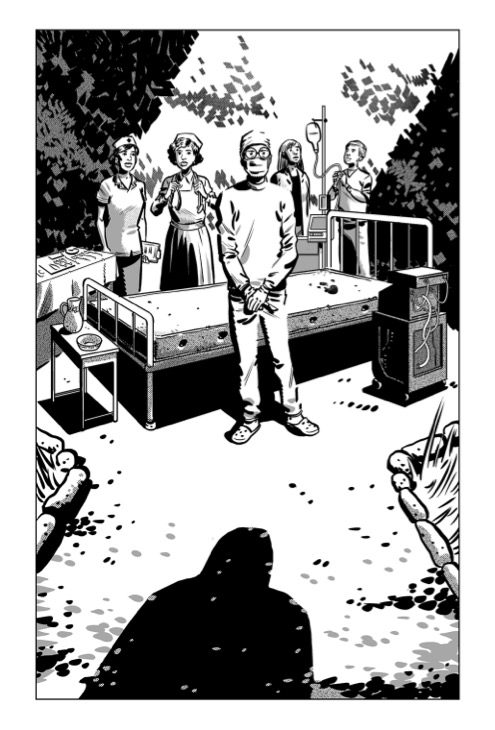
Rebecca/Ollie: I’m always explaining that bisexuality is attraction to two or more genders.
Paul: Why do I call myself bi instead of pan? I guess it’s because I’m 44. I’d probably call myself pan if I were born 20 years later.
Rebecca/Ollie: Why is it essential to tell queer stories? Can you provide an example?
Paul: When I wrote the Death Ranger issue of Power Rangers [Power Rangers Unlimited: The Death Ranger #1 by Allor and Katherine Lobo] last year, I made the Death Ranger non-binary, and the strong reaction [to the character] was wonderful and heartening. I think there was this fun element to it with this goofy sci-fi villain, and many people reacted so strongly and positively to that. It was a very good reminder that rep is so important.
The cool thing was how many people on Twitter changed their names to “Death Ranger”—there are hundreds of them. I spent days term searching “Death Ranger” on Twitter and responding to everyone who said, “I am the Death Ranger,” with, “Yes, you are.” I responded to so many people that I could affirm as much as possible. That was nice.
https://twitter.com/PaulAllor/status/1527730760941199362?s=20&t=89bnF5GwqoC5WWShMUll0w
I feel like a lot of comics don’t reflect reality these days. With my work-for-hire books, like G.I. JOE and Teenage Mutant Ninja Turtles, I want them to reflect reality. I got tremendous flack for including queer characters in G.I. JOE, and it’s like, sorry, but it was long overdue.
I should say that most G.I. JOE fans were wonderfully supportive of that book, but there was a segment that was like, “Why? What’s the purpose of having queer people in his book?” The purpose is that queer people exist. I don’t need to have a purpose beyond that. I do not have to justify having queer people exist in my fiction because they exist in the world—that’s justification enough.
So with my more creator-owned work, it’s the same thing. It’s also about reflecting reality.
The whole idea of it being a superhero story, but gay – it’s still leaning into the same 60-year-old tropes and narratives – and, for me, who wants to tell my own stories, I look at that stuff, and I’m like, “Ehhh…,” but that’s so important to other people. You must recognize there’s room for everything. I want to see more queer stories that are more definitively our stories, but I also realize the importance of repurposing old stories.
Rebecca/Ollie: Is there anything else you’d like me to include?
Paul: We got a lot of good rewards. Check them out. I think you’ll love the book. It’s weird. It’s great. It’s eerie. It’s wonderfully drawn.
Zoop is hosting Pink Midnight Presents: The Butterfly House‘s crowdfunding campaign until February 15, 2023.


